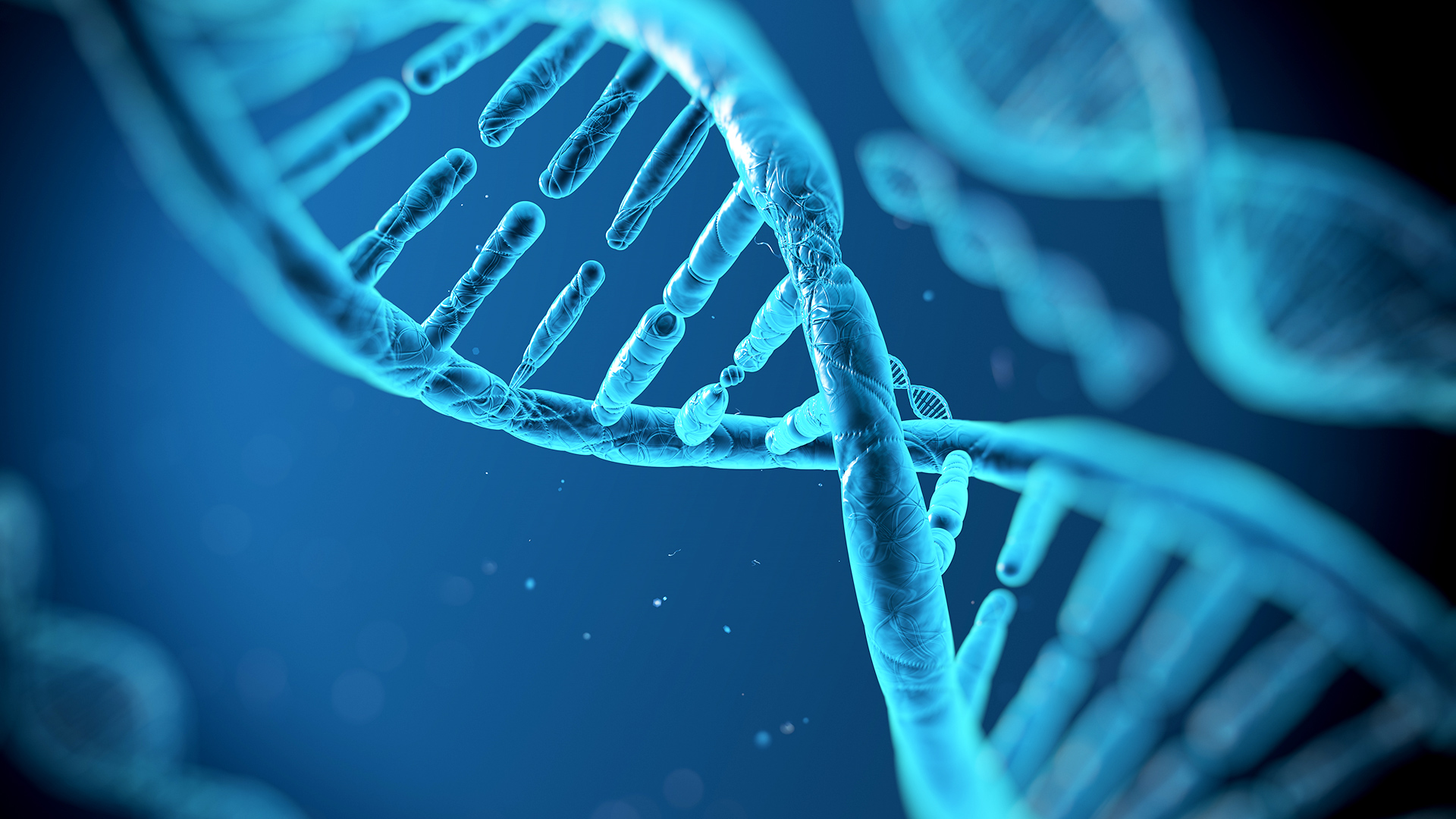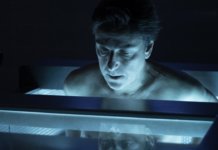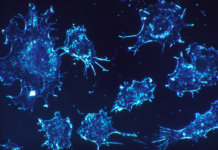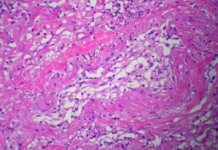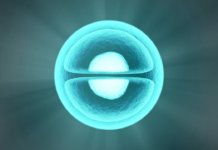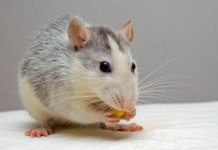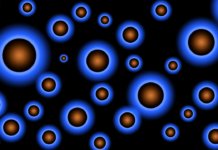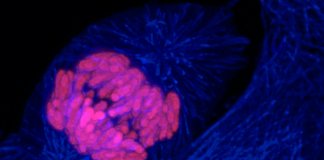“Holy grail” of genetics casts away DNA mutations in non-dividing cells
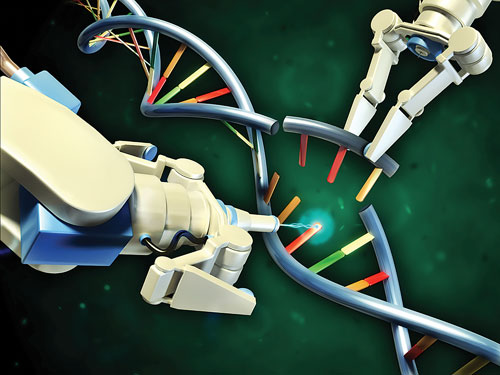 A promising new way to edit DNA was discovered by a research team at Salk Institute in La Jolla. Unlike previous techniques, this new method can alter the DNA of biological tissues presenting non-divisible cells such as the brain, heart, eye and liver tissue.
A promising new way to edit DNA was discovered by a research team at Salk Institute in La Jolla. Unlike previous techniques, this new method can alter the DNA of biological tissues presenting non-divisible cells such as the brain, heart, eye and liver tissue.
This could lead to the discovery of potential treatments for a range of diseases considered incurable so far. Also described as the “holy grail” of genetics, this major breakthrough was utterly praised by the scientific community, as it offers vast possibilities for many applications and could also be the key to cure diseases associated with aging.
Gene-editing technology: functioning mechanisms and animal tests
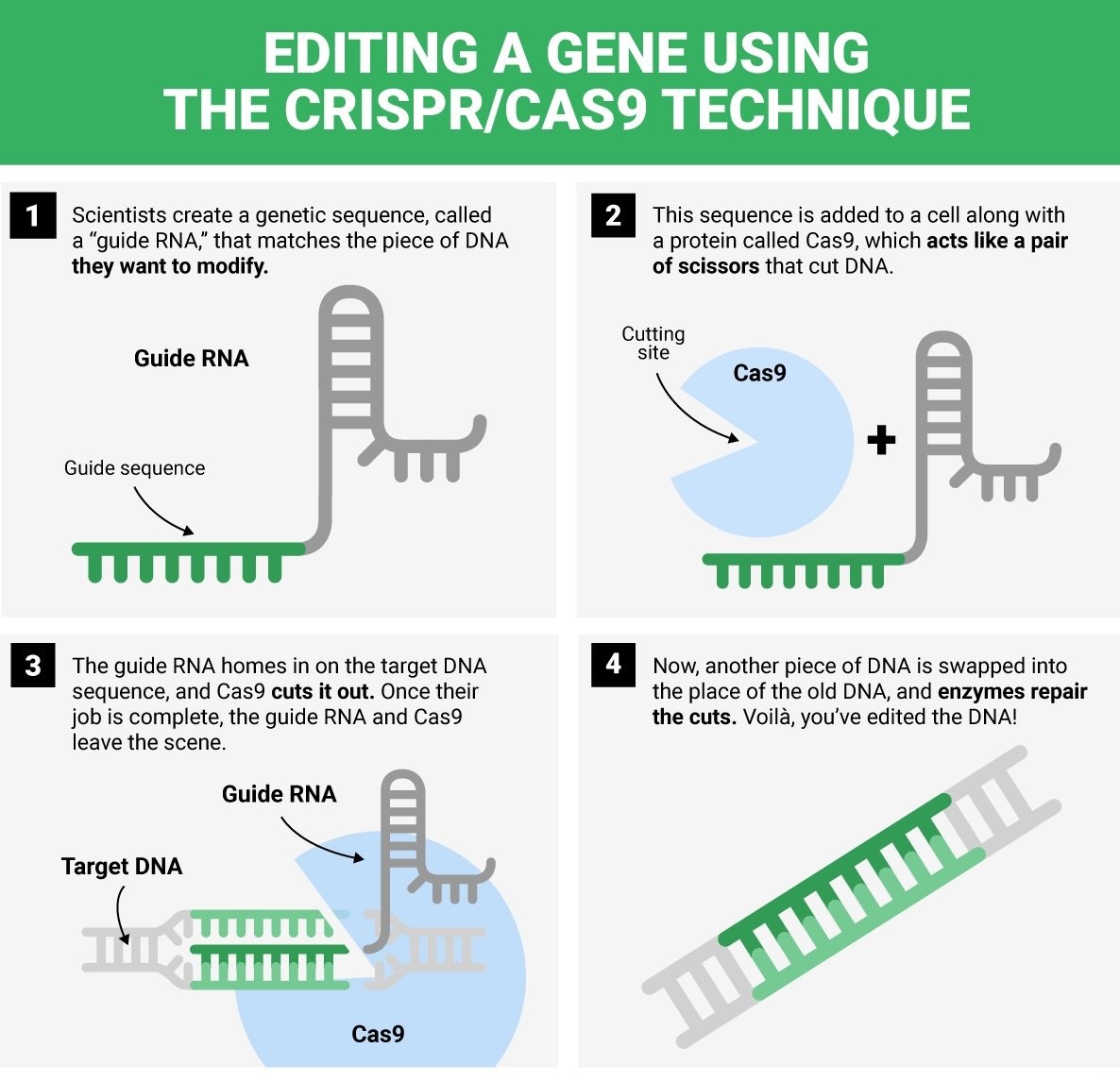
The gene-editing technique employed is called HITI, which stands for Homology-Independent Targeted Integration. It is based on a previously developed gene-editing technique known as CRISPR which uses segments of prokaryotic DNA containing short, repetitive base sequences. With CRISPR, geneticists can cut the DNA at a desired location and thus remove or add existing genes.
Unlike CRISPR, HITI can operate in cells that do not divide; this ability is what makes this technique revolutionary for therapeutic applications of genome editing. In fact, most cells belonging to a tissue of an adult body (tissues and organs) do not divide, making it harder for scientists to alter the DNA. Although other research teams have tried similar approaches in dividing cells grown in vitro, this is the first time that it has been used in non-dividing cells.
To test it further, the team also conducted tests on living animals, and they could partially restore the sight of rats born blind. The animals were suffering from a genetic disease called “retinitis pigmentosa”, which also affects humans (about one in 4,000 people in the UK). Even though the rats didn’t completely heal, the researchers were still able to improve the vision of the blind rats, and this success must suggest that this technology is very promising at the very least.
Extending lifespan with HITI, the gene-editing technology
 Thanks to this major breakthrough, geneticists hope that in near future doctors could use gene editing techniques like HITI to treat patients and elders. The aging process involves the accumulation of DNA mutations, and the older we get, the less likely our defense system is to correct these mutations. These mutations can not only occur in cells with the ability to divide but they are also found in cells that can no longer divide. This process is all the more true given that old people often suffer from diseases originating in non-dividing cells, such as heart disease complications, brain and eyesight disorders or liver failure.
Thanks to this major breakthrough, geneticists hope that in near future doctors could use gene editing techniques like HITI to treat patients and elders. The aging process involves the accumulation of DNA mutations, and the older we get, the less likely our defense system is to correct these mutations. These mutations can not only occur in cells with the ability to divide but they are also found in cells that can no longer divide. This process is all the more true given that old people often suffer from diseases originating in non-dividing cells, such as heart disease complications, brain and eyesight disorders or liver failure.
Being able to correct the mutations causing these illnesses might allow us for the first time to be able to cure diseases that we couldn’t in the past. However, before it can be applied to humans, the technology has to be improved. There is still a long way to go before clinical trials could be set up since the gene-editing technique may cut DNA at other sites.
Hans Luboya-Kombé

Author
Auteur
Hans is a process supports engineer after his masters in materials chemistry at the university of Paris-Est Créteil.
More about the Long Long Life team
Hans est aujourd’hui ingénieur support procédés après un master en chimie des matériaux à l’université de Paris Est Créteil.
En savoir plus sur l’équipe de Long Long Life


